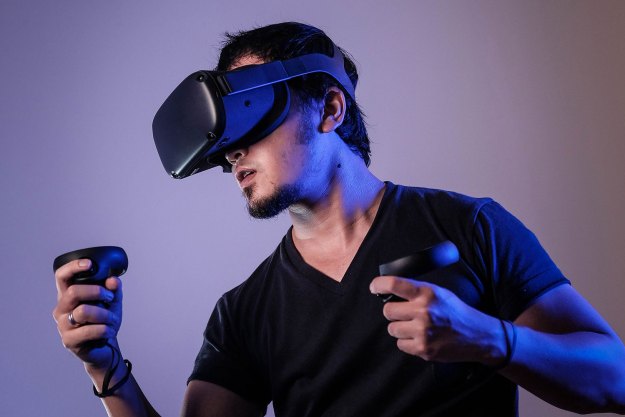It was March 14 when Apple announced the closure of all of its retails stores outside of mainland China due to the coronavirus, formally known as COVID-19.
The original plan was to reopen them on March 28, but as the virus continued to spread to communities around the world, the date was abandoned and replaced with “until further notice.”
Now, in a memo sent to Apple Store staff this week, the tech giant’s senior vice president of people and retail says that its retail locations are likely to remain closed until at least early May.
Deirdre O’Brien’s memo, obtained by 9to5Mac, said that while the May date was in place for U.S. stores, the company would continue to monitor local conditions for Apple Stores globally, and would make its reopening decisions “on the basis of thorough, thoughtful reviews and the latest guidance from local governments and public health experts.”
The disruption to Apple’s network of retail stores means some customers are having to wait longer than they’d hoped to collect devices taken in for repair before the stores closed their doors. The closures have also removed the chance for face-to-face chats with Genius Bar staff, the company’s tech support team. Online support can be found here.
Apple has been updating a FAQ page to help customers with issues linked to its store closures.
The tech company has more than 500 retail locations around the world, with half of them in the U.S. Earlier in the year, it closed all 42 of its stores in China as the country sought to get control of the coronavirus. All have now reopened as the country seems to be past the worst of the outbreak.
Digital Trends reached out to Apple for more information about its store closures and we will update this article when we hear back.
News that Apple’s U.S. stores will remain closed throughout April comes as the company’s online store accidentally confirmed the name of its long-awaited budget iPhone. The iPhone SE, as it will be called, is expected to be unveiled any day now. It’s likely to come in 64GB,128GB, and 256GB variants, and three colors: white, black, and PRODUCT (Red). We’ll have to wait and see on price.
Editors' Recommendations
- These two Apple Watches are now banned in the U.S.
- Apple’s removable MacBook mouse may be its weirdest idea yet
- Apple’s latest store opening is one of its most significant in years
- Apple may do the unthinkable — allow third-party iPhone app stores
- Apple hikes Apple Music price for students in U.S., Canada, and U.K.


